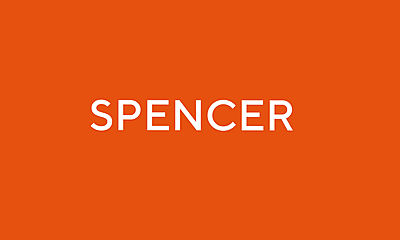About DL2
What is DL2?
DL2 supports school district central office leaders in transforming their central offices into powerful engines of educational equity—relentlessly ensuring high-quality teaching and deeper learning that centers, values, and elevates the success of students identifying as Black, Indigenous, Latinx, students of color, or living in low-income circumstances.
We do so by helping district leaders:
- Access rigorous research about what central offices do when they support equitable teaching and learning,
- Use that knowledge to transform their central offices in ways likely to be successful in their settings, and
- Lead the change process from an anti-racist stance.
We study their progress and generate lessons for our partner districts and the field.
Why DL2?
Meredith Honig and Lydia Rainey founded DL2 in 2014 in response to requests from superintendents and other district leaders across the country who were asking:
What’s the research on what our central office can do differently and better to make excellent, equitable teaching and learning the reality for every student, especially those students we have historically marginalized and underserved?
Can you help us use that research to transform our central offices?
As Honig explained,
"We had just released our Wallace Foundation report on central office transformation. District leaders told us they appreciated the rigor of our work and how practical it was– that it wasn’t just about big ideas like “alignment” and “coherence” but that we detailed specific ways of working within Teaching & Learning, Human Resources, Principal Supervision, and other areas that mattered to real results in schools. They wanted help using the ideas in their own districts."
But Honig didn’t want to lose their emphasis on research. “Our initial research provided some rails for central office leaders interested in improving central office performance, but we knew the field needed more.” By that she meant even more evidence of how central offices drive equitable teaching and learning and how that work might necessarily differ by district history, size, urbanness, and other factors. Honig elaborated, “School district central offices vary widely across the country from those with 2-3 staff to ten times as many departments. Some face chronic staff shortages while others don’t. We wanted to generate research that could be applied across these settings and also tools to help district leaders adapt the research to their realities.”
Over the past decade, the DL2 team has generated that research, created tools, and also partnered with individual districts and district networks. In Honig’s words, “In all this work, our focus is not on helping district leaders lead the systems they have, but on supporting them to design the systems we need to advance equitable teaching and learning in every classroom every day.”
And supporting rather than supplanting or competing with other organizations has been a foundational pillar of DL2. As Rainey described, “We have always seen ourselves as a partner’s partner– developing research, tools, and advice not just for districts but the intermediary organizations and school reform support organizations they work with. We think that’s a distinct contribution that a university partner like UW’s DL2 can make.”
Who are our partners and sponsors?
We rely on our partnerships with district leaders across the country—to advance the work of central office transformation and open up their practice so we can generate new knowledge for them and the field.
Our work has especially benefitted from a long-term Research Practice Partnership (RPP) with Highline Public Schools and thought leadership and funding from:




